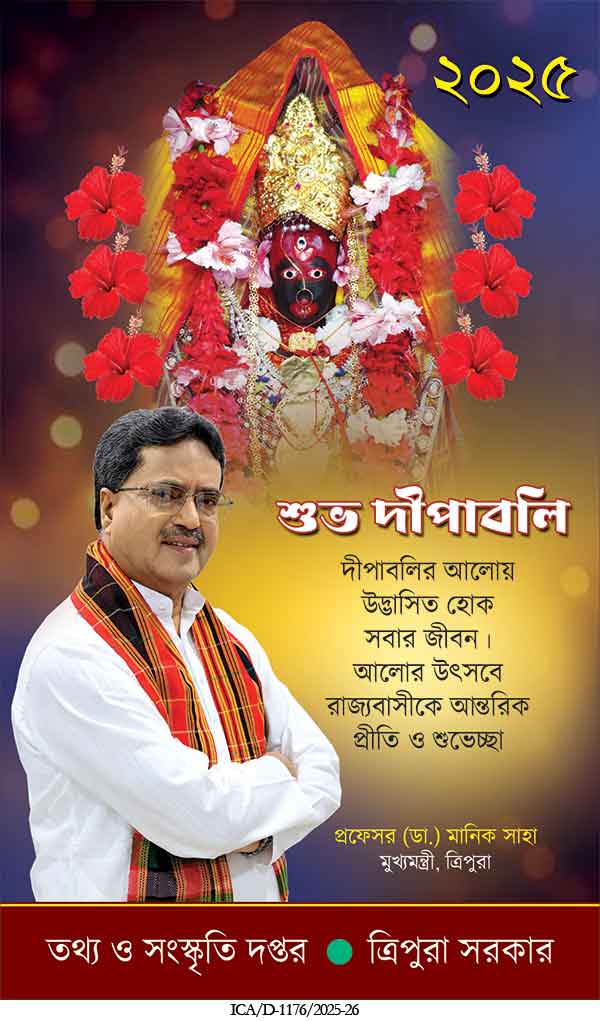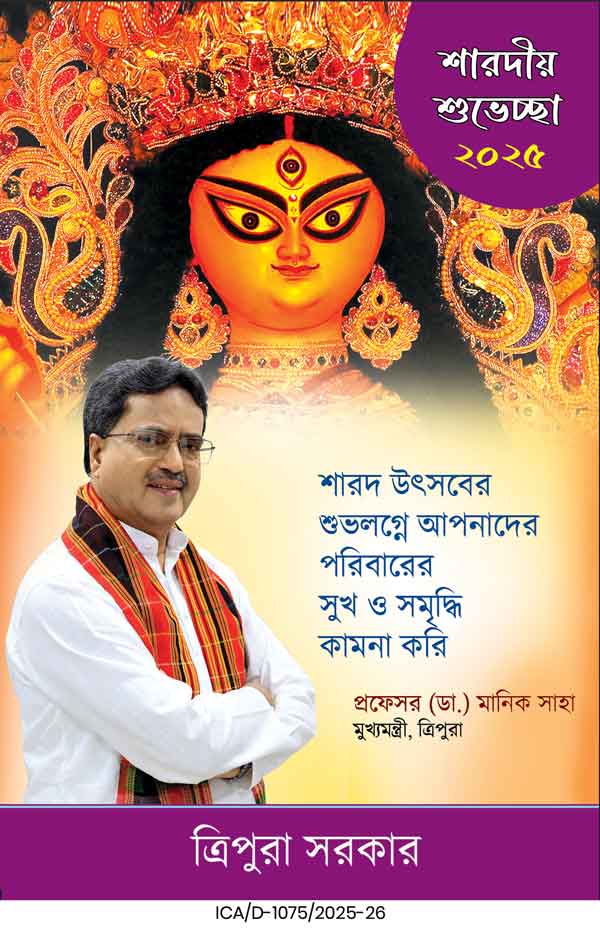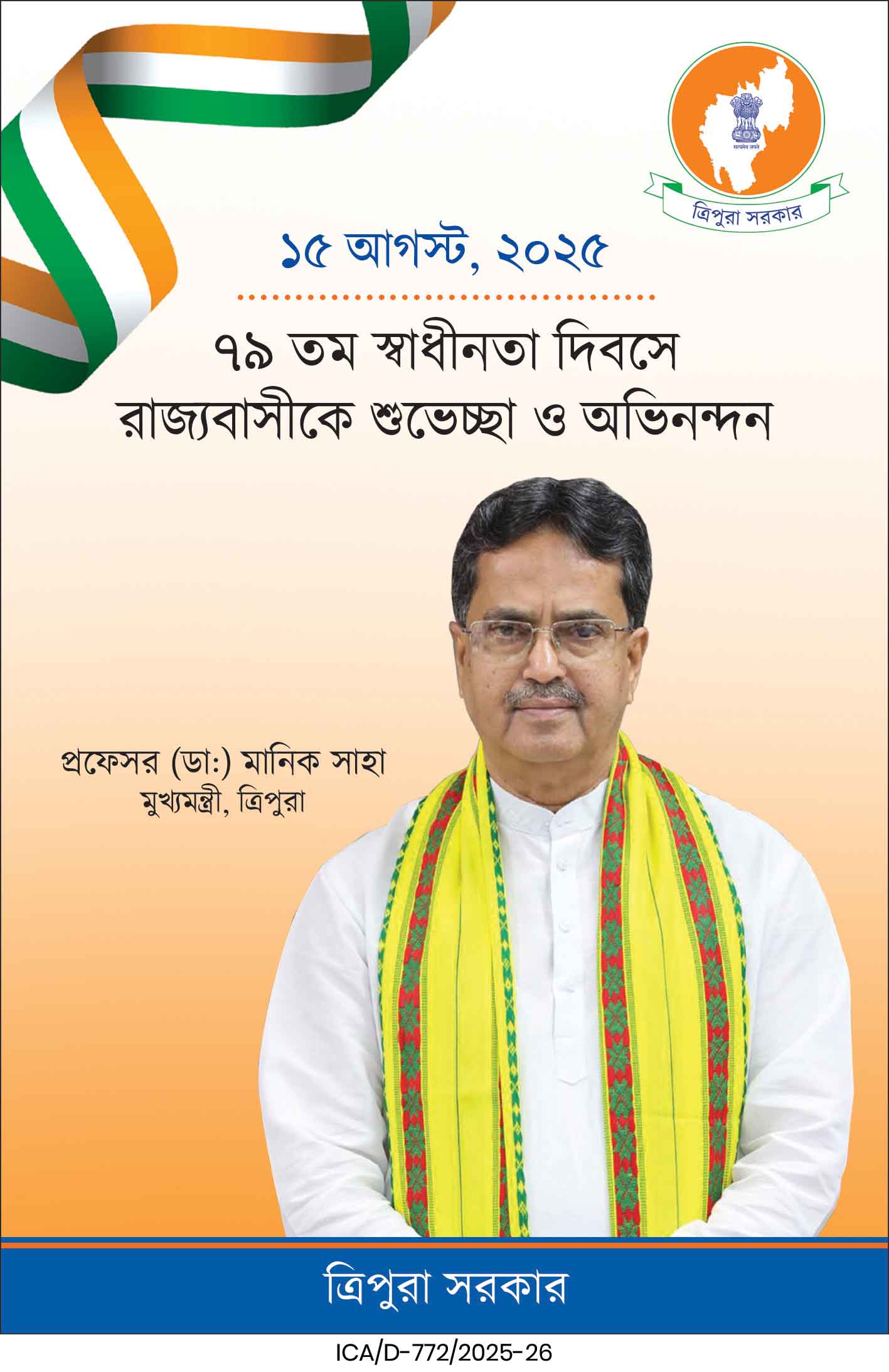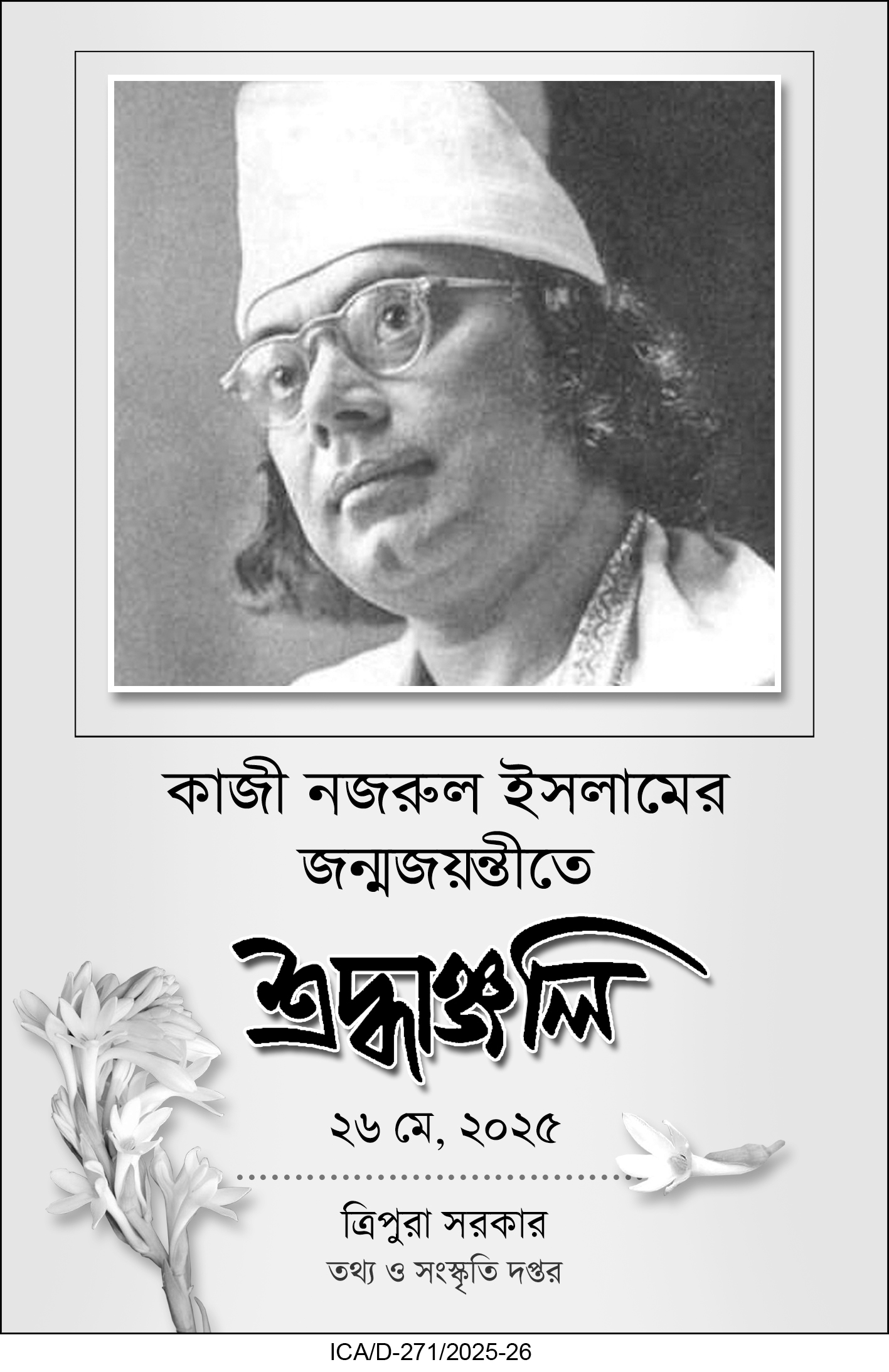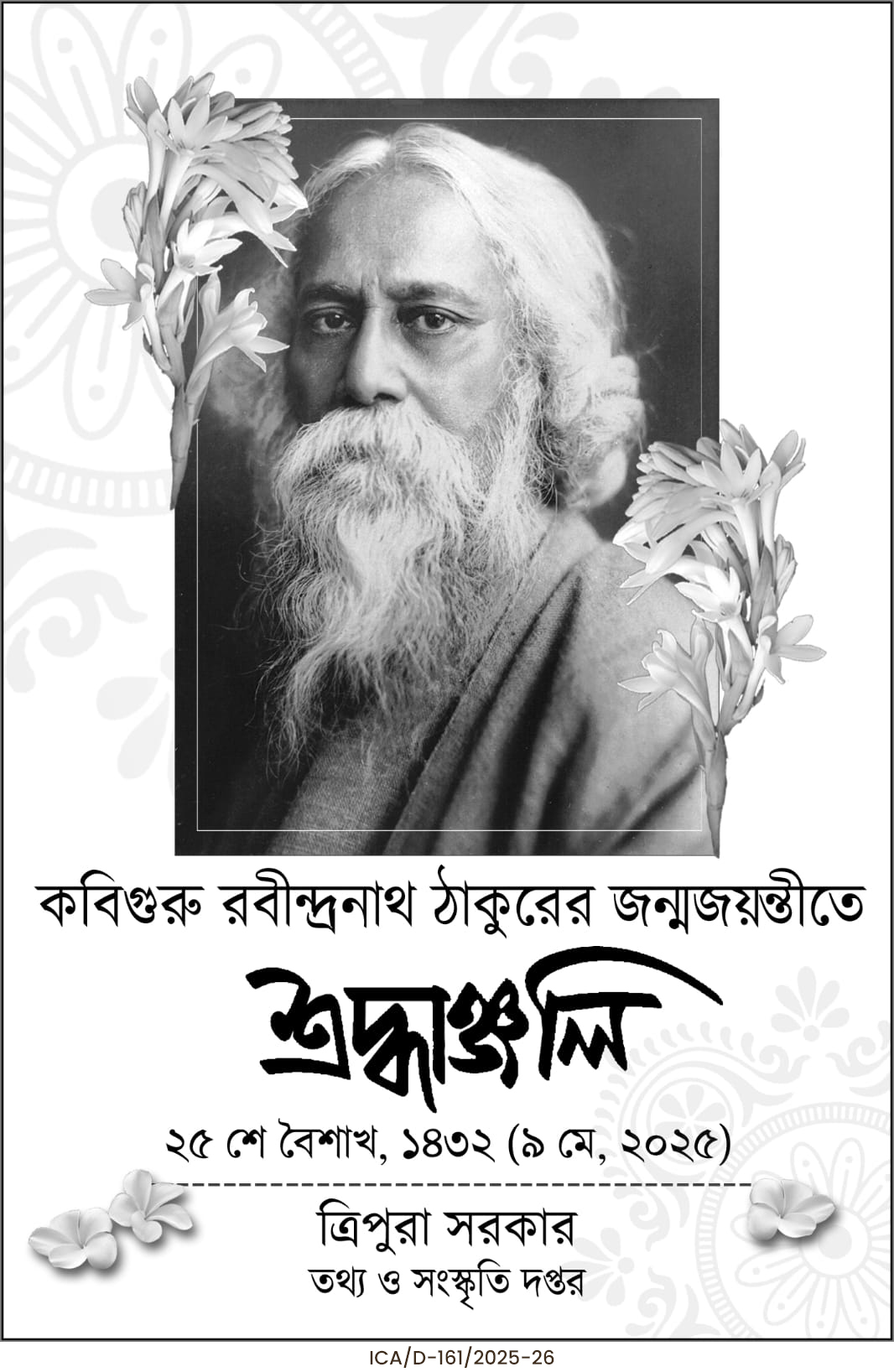Director Ashwin Kumar’s animated film Mahavtar Narsimha becomes a blockbuster, crossing ₹105 crore in box office collections. Presented by Hombale Films, the mythological epic is the first in a decade-long franchise exploring Lord Vishnu’s avatars. Critics praise its visuals, storytelling, and cultural depth.
In a monumental moment for Indian animation cinema, director Ashwin Kumar’s epic animated film Mahavtar Narsimha has officially crossed the ₹105 crore gross box office collection (GBOC) mark in India. Released on July 25, the film has not only captivated audiences but has also firmly positioned itself as a blockbuster, setting the stage for what promises to be one of the most ambitious Indian animated franchises ever produced.
Presented by Hombale Films and produced by Kleem Productions, Mahavtar Narsimha marks the beginning of the Mahavtar franchise, a cinematic journey chronicling the ten divine avatars of Lord Vishnu. On Monday, Hombale Films took to its official X (formerly Twitter) handle to announce the film’s box office success. “Roaring past records with divine force. #MahavatarNarsimha crosses 105 CRORES+ GBOC India, setting the box office ablaze with unstoppable momentum. A divine phenomenon awaits you in cinemas,” the production house wrote.
Directed by Ashwin Kumar and produced by Shilpaa Dhawan, Kushal Desai, and Chaitanya Desai under Kleem Productions, Mahavtar Narsimha is a bold venture into mythological storytelling through animation. The film has been released in five major Indian languages, broadening its reach and resonance among diverse audiences across the country.
A Grand Vision: The Mahavtar Franchise
The film is only the beginning of a much larger cinematic vision. The Mahavtar series is set to span over a decade, chronicling the tales of Lord Vishnu’s ten avatars. The future releases include:
Mahavatar Parshuram (2027)
Mahavatar Raghunandan (2029)
Mahavatar Dhawkadhesh (2031)
Mahavatar Gokulananda (2033)
Mahavatar Kalki Part 1 (2035)
Mahavatar Kalki Part 2 (2037)
This ambitious lineup signals a strong commitment to telling culturally significant stories through high-end animation—something rarely explored on this scale in Indian cinema.
The Story of ‘Mahavtar Narsimha’
The narrative of Mahavtar Narsimha is rooted in ancient Indian mythology, focusing on the legend of Prahlada, a devout follower of Lord Vishnu, and his tyrannical father Hiranyakashipu, an atheist king who, empowered with immortality by Lord Brahma, seeks to challenge the gods. The film climaxes with the appearance of Lord Vishnu in his fierce Narsimha avatar—half-man, half-lion—who emerges to protect Prahlada and restore dharma.
| Also Read: Coolie diaries: Rajinikanth’s generosity wins hearts on and off screen |
The film doesn’t just retell the myth but elevates it with breathtaking visuals, stirring animation, and a powerful background score that has been praised by critics and audiences alike.
Critical Acclaim and Audience Response
Film enthusiasts and critics have praised Mahavtar Narsimha for its ambitious scale, high-quality animation, and emotional storytelling. The visuals have been described as “goosebumps-worthy,” and the soundtrack has played a crucial role in amplifying the film’s emotional impact.
Producer Shilpaa Dhawan had expressed her pride at the time of the film’s release, stating:
“It’s time to roar! After five incredible years, we’re finally ready to unleash the epic tale of Sri Narsimha and Sri Varaha upon the world! Every frame, every moment, every heartbeat has gone into bringing this divine story to life. Brace yourself for a visual masterpiece that will leave you speechless! The ROAR of Narsimha is coming… and it’s going to change everything!”
With the success of Mahavtar Narsimha, Indian animation seems to have found a new benchmark for scale, cultural relevance, and commercial viability. The film’s runaway success reaffirms that there is a growing appetite for animated mythological content, especially when delivered with cinematic finesse.

